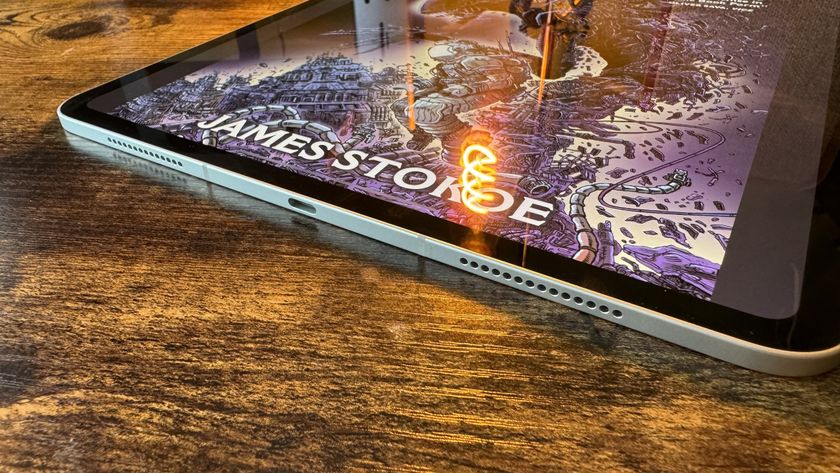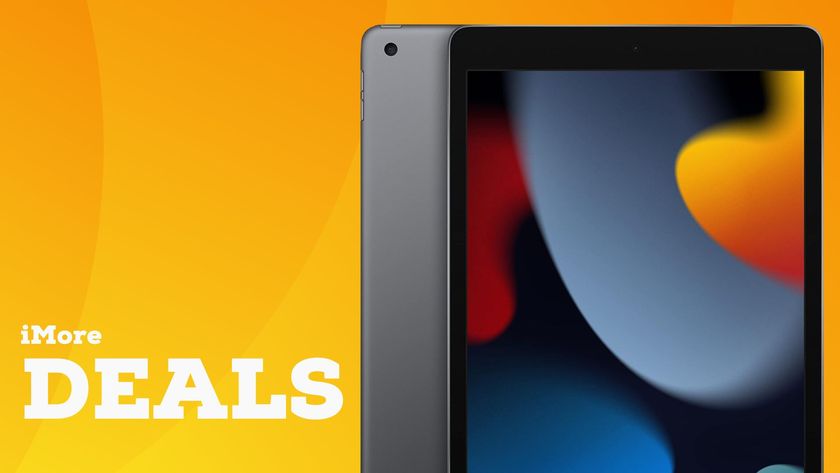Imagining iPad 5: Lighter, thinner design, gold as standard
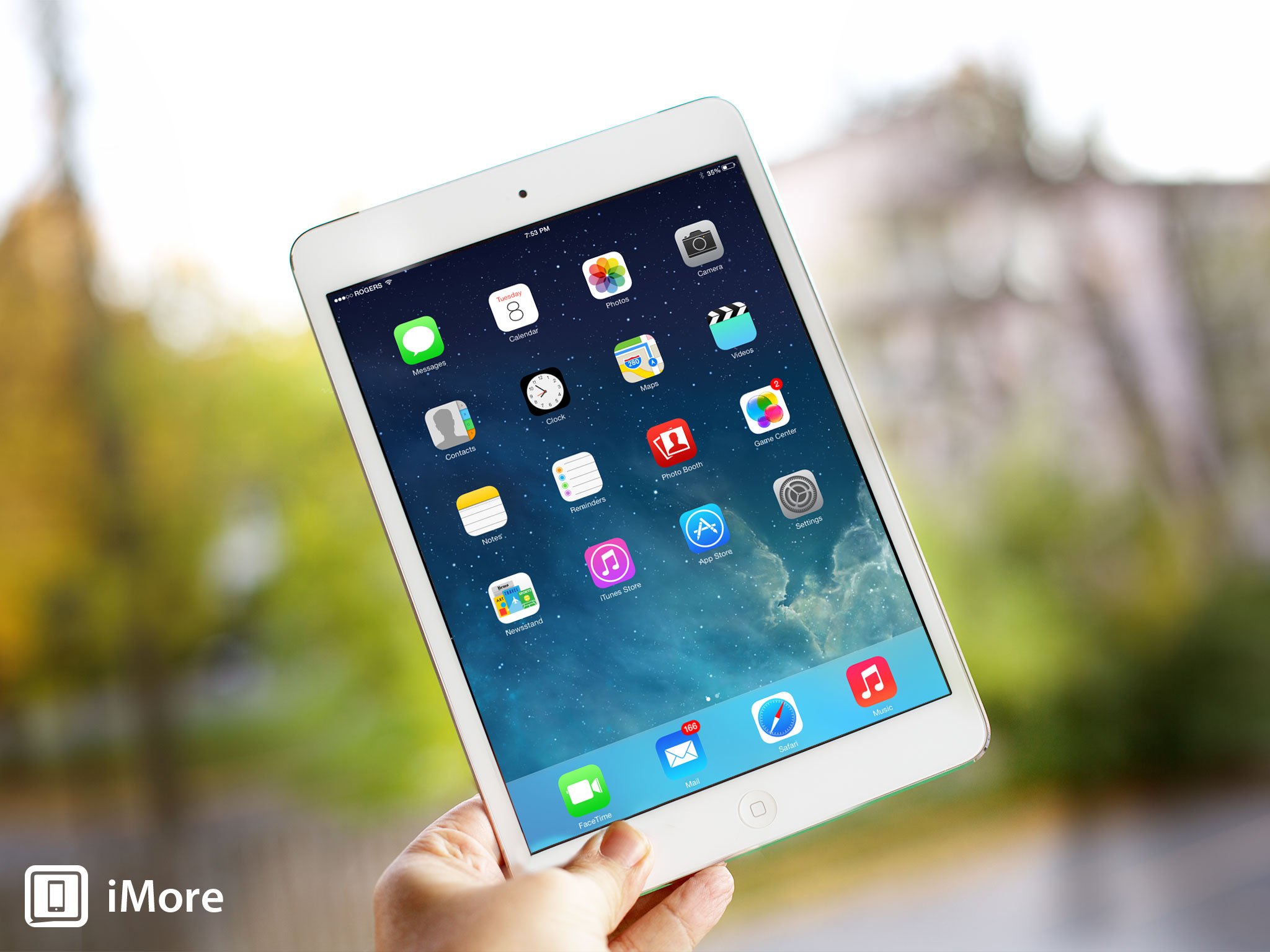
Analyzing rumors and speculation surrounding Apple's 5th generation iPad casing, color, and design
Looking back, the original iPad was thick, heavy, RAM-starved, and low resolution. It was also magnificent. A big iPhone, according to its detractors, unimaginative, and, of course, doomed. Turns out it was an iPhone gone IMAX, bigger but also broader, as imaginative as the person using it, and the next evolution of personal computing. But, thick and heavy. Apple fixed that somewhat with the iPad 2, regressed slightly with the iPad 3 and 4, and then showed the world a thinner, lighter future with the 7.9-inch iPad mini. The iPad mini was so light and thin it was impossible to look at it and not want the same design on the 9.7-inch iPad 5. And it looks like that just might be exactly what we get...
Barriers to lifting
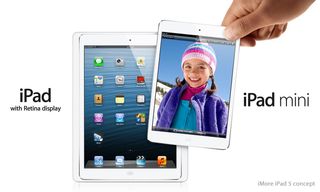
The iPad mini is a fantastic device. Never you mind the screen is still standard density - for now - it's so small and so light it's very quickly become the tablet for many people. The size is important, of course. The ability to fit into purses and even pockets. But the weight is important to. The ability to hold the iPad mini up for longer periods of time just makes it better for everything from reading a book to watching a movie to surfing the web.
Yet size matters too. For many tasks, you want as big a screen as possible as well. Whether you're working on documents or reading a comic or catching up on a TV show, for the same reason people love big screens in the living room and theater, they love big screens in their hands.
Up until now, technology simply didn't allow for a 2048x1536 Retina display in a thin, light enclosure, with anything approaching 10 hours of battery life. All Apple could get was two of the three. For the iPad mini, that meant light and long-lasting, but not Retina. For the full-sized iPad, that meant Retina and long-lasting, but not light.
Going for all three requires more power efficient screen technology, including backlight, and more power efficient processors. Battery chemistry isn't getting better anywhere nearly quickly enough, but Apple is getting better at improving and sourcing everything around it.
If they can go from two LED backlights down to one, if they can use an Apple A7X and the Apple M7 coprocessor instead of the older Apple A6X, and if they can squeeze as much power to performance efficiency out of everything else, they have a shot at doing it.
A 9.7-inch iPad that's proportionately as thin and light as the iPad mini, will let everyone who wants a bigger canvas to work and play on to have it. It won't be as light as the mini, but it won't be anywhere nearly as heavy as past full-sized models as well. Many people may still choose the much more pocketable iPad mini, but it'll give everyone who really wants the bigger screen and much better, much more usable package for it as well.
Master your iPhone in minutes
iMore offers spot-on advice and guidance from our team of experts, with decades of Apple device experience to lean on. Learn more with iMore!
Metallics unfinished
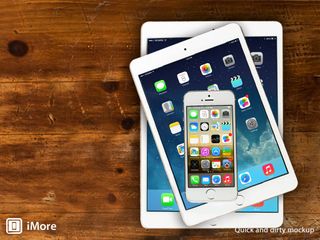
With the iPhone 5s Apple kept the same silver and white finish they used on last year's iPhone 5, but they switched the old slate and black to a new space gray, and added an entirely new gold and white finish to the mix. In a tock year where the iPhone didn't change design, it turns out the appearance of change was even more important. People flocked to the gold.
The 9.7-inch iPad has never had multiple metallic options. The original faceplate came in your choice of black or black, and subsequent models have come in your choice of black and white. All with the same, stately, aluminum backplate.
The iPad mini, however, got the same white and silver and black and slate options as the iPhone 5. So, if the full-sized iPad is taking on the same design language as the iPad mini, and the rest of the line, it makes sense it'll take on the same finishes as well.
Slate was a hard color to anodize, and it was prone to all sorts of chips and scratches. Space gray should be far more resilient, and isn't exactly bad looking either. The iPad 5 going from slate to space is a no-brainer.
Gold, however, still requires much brain. Apple has tended towards uniformity of color across their product lines in the past, and it's certainly possible they'll do so again and push gold out across their premium product line. Gold is an easy color to produce, and Apple proven they can do it and do it well. It looks great on the iPhone 5s, but would it look great at full-sized iPad scale? Would it be more gold to love, or too much of a gold thing?
More to come
iMore will be providing complete coverage of Apple's October 22 iPad and Mac event, including and especially the iPad 5 and iPad mini 5.

Rene Ritchie is one of the most respected Apple analysts in the business, reaching a combined audience of over 40 million readers a month. His YouTube channel, Vector, has over 90 thousand subscribers and 14 million views and his podcasts, including Debug, have been downloaded over 20 million times. He also regularly co-hosts MacBreak Weekly for the TWiT network and co-hosted CES Live! and Talk Mobile. Based in Montreal, Rene is a former director of product marketing, web developer, and graphic designer. He's authored several books and appeared on numerous television and radio segments to discuss Apple and the technology industry. When not working, he likes to cook, grapple, and spend time with his friends and family.
